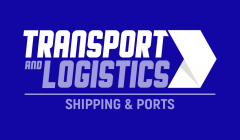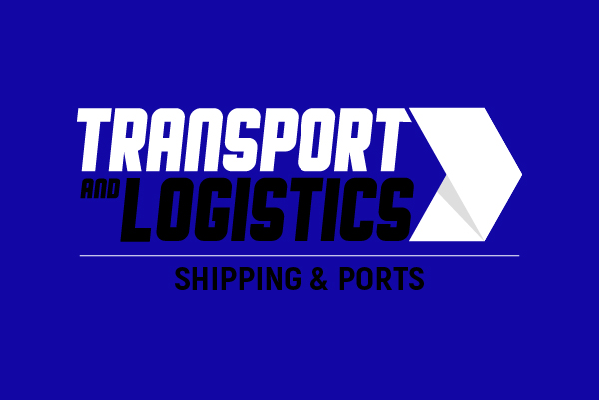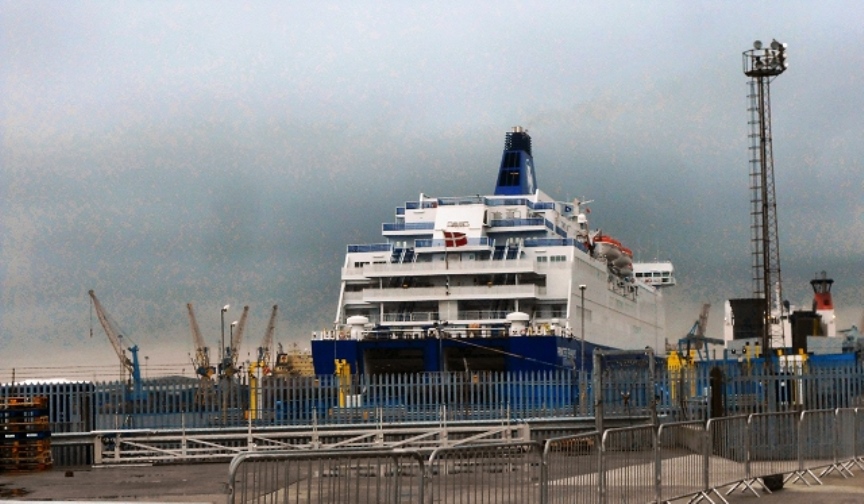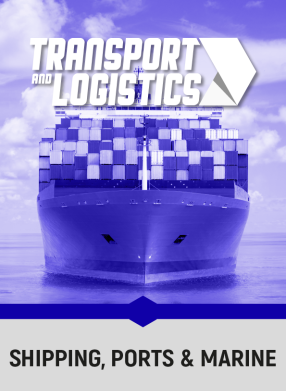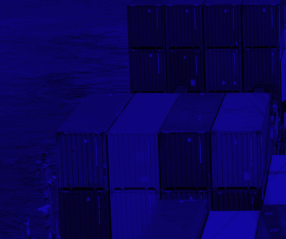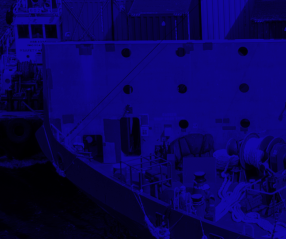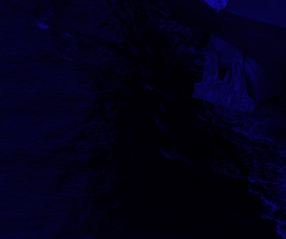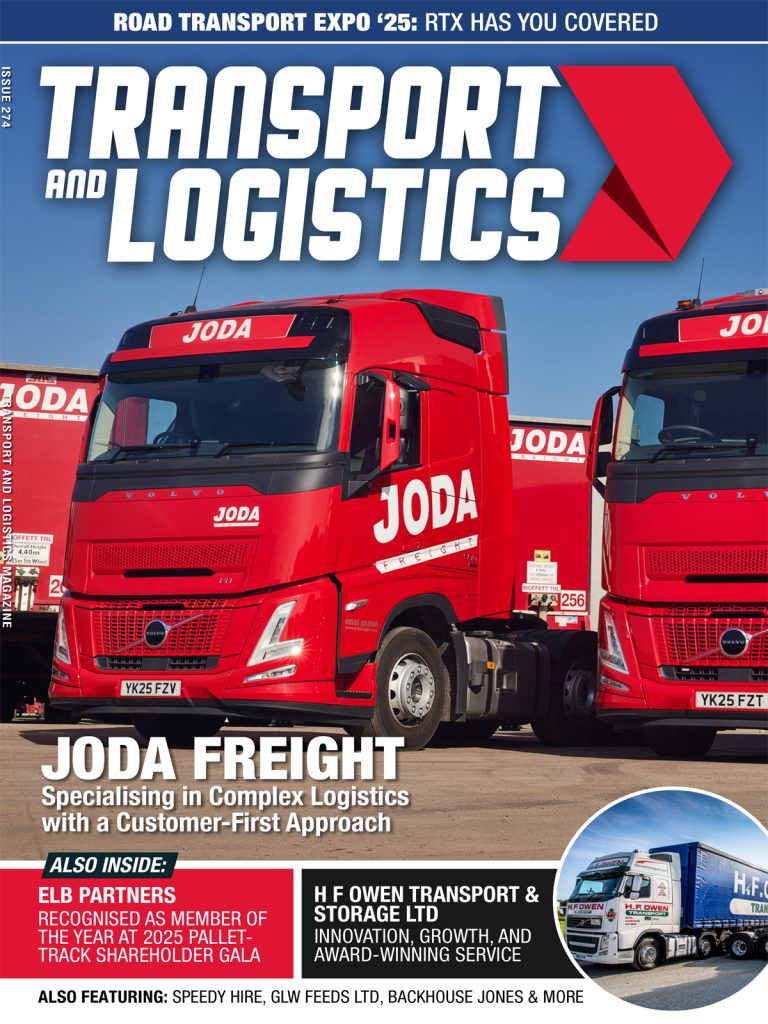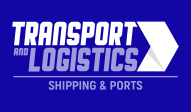Turnover for the port, whilst still almost at the record level of the previous year, was down very slightly by 3% – at £71.5 million. Profit before Tax almost doubled to over £10.2 million, close to the record performance reported in 2012.
Overall cargo volumes handled on the River Tyne at 6.7 million tonnes, were the highest for over 25 years, since 1989. 96% of all cargoes were handled at Port of Tyne berths. The previous record was in 2013 when 8.1 million tonnes of cargoes were handled, the largest volume since 1965.
The year on year reduction in volumes is mainly due to a fall in the amount of imported coal.
The Port of Tyne handled over 5m tonnes of conventional and bulk cargo in 2014, accounting for 75% of the volumes handled in total.
Coal volumes dropped from 4.9m tonnes to 2.7m tonnes in 2014 and whilst the volume of wood pellet almost doubled to 1.9m tonnes, this increase was not enough to offset the reduction in coal volumes. The balance was made up of cargoes of scrap metal, steel and grain, which added 0.4m tonnes, similar to the levels seen in 2013.
Andrew Moffat, the Port of Tyne’s Chief Executive Officer, said: “The Port has shown a strong performance in the past 12 months both in terms of volumes and financial results.
“EBITDA, our earnings before interest, tax, depreciation and amortisation, was over £17m, almost equalling our record performance recorded in 2012.
“Overall the reduction in coal volumes is due to reduced demand from the Port’s power-generating customers. Factors influencing this include the prevailing market circumstances, weather conditions, and lower prices associated with alternative fuel sources such as gas and oil. In addition, the planned conversion of coal-fired power stations to wood pellet has not happened as quickly as originally anticipated.
“I am particularly pleased that the regional economic impact of the Port of Tyne, in terms of Gross Value Added, grew by 10% to over £560m – and the number of jobs in the wider community supported by the Port also increased, to over 11,200.”
Record numbers of passengers were reported travelling on the daily Newcastle – Amsterdam route with 572k using the Port’s award-winning International Passenger Terminal.
The logistics business area, providing container terminal, warehousing and distribution services generated £18 million pounds in turnover, the same as in 2013. During the year this business area welcomed the largest container ship ever to visit the Port. This was made possible due to the investment made two years ago in a new gantry crane, which enables the Port to accommodate larger container vessels.
Volumes at the Port’s three car terminals – handling Nissan exports, VW and Audi imports and transhipments – also remained strong with 619,000k cars handled.
The Port has continued to expand its infrastructure, with over £11 million in 2014 invested in new plant and machinery and initial expenditure on the £25 million project to extend the Port’s main Riverside Quay by 125 metres to nearly 1 kilometre. This will further increase the Port’s capacity, and capability, to handle the ever-growing size of cargo ships.
The Port with 570 employees continued its rolling programme of 23 apprenticeships – a level equating to 5% of the workforce at any time.
Further highlights of 2014 were achieving Investors in People Gold accreditation – the first Port to do so, only four years after starting the IIP journey. Winning the inaugural title of UK Port of the Year at the National Transport Awards in 2014 was an exceptional achievement against tough competition across the ports sector.
“We will now build on our successes of 2014 and focus for the future on the continued support of our existing customers, growing our existing revenue streams, and continued diversification, especially in the offshore and renewable energy sector,” said Andrew Moffat.
Development opportunities exist at the former McNulty site, South Tyneside, and at Howdon Quay, as well as other land owned by the Port that lies within the NELEP Enterprise Zone in North Tyneside.
“We have opportunity and also challenges ahead,” said Moffat. “Considerable investment in our marine and land side infrastructure is required to expand our infrastructure and capacity, both to meet existing customers’ requirements and to diversify and attract new ones. We have made a start with the major extension to Riverside Quay and we intend to work very hard in the coming years to ensure we can invest to the level needed to continue to bring further growth, jobs and economic success to the Port and the region.”
